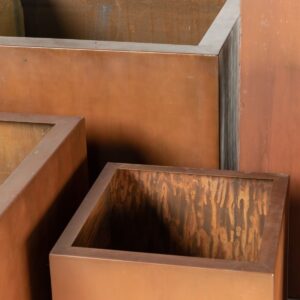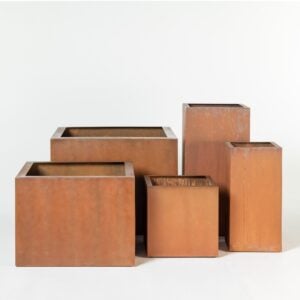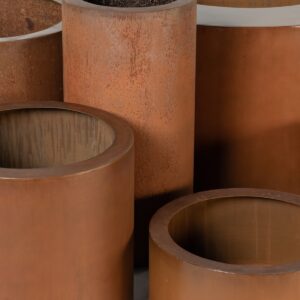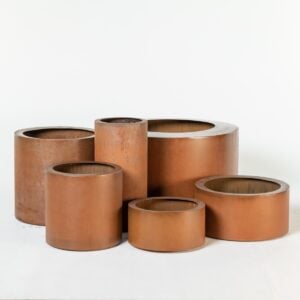All of the outdoor pots we sell here at The Palm Centre are frost-proof. Even so, there are many things you can do to protect your pots from frost and keep them looking their best year-round. Read our handy tips below…
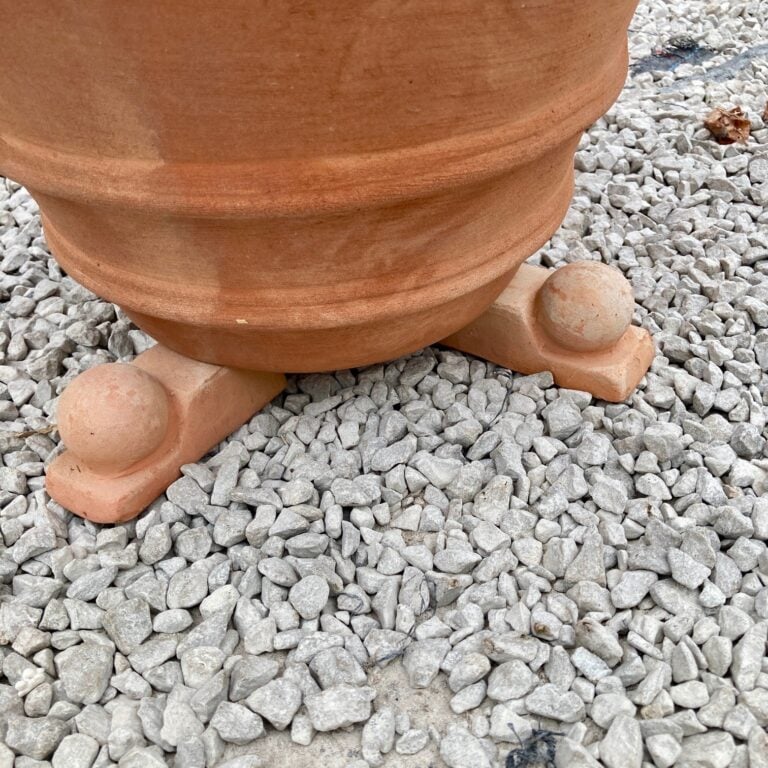
Use Pot Feet
Pot feet are small and often made of terracotta, available in various styles and colours, and do exactly what you imagine. They sit underneath your pot to raise it off the ground. This improves drainage by allowing excess moisture to drain from the pot. One of the main causes of frost damage is excessively wet potting mix freezing and expanding, which exerts stress on the walls of the pot. This brings us nicely to our next suggestion…
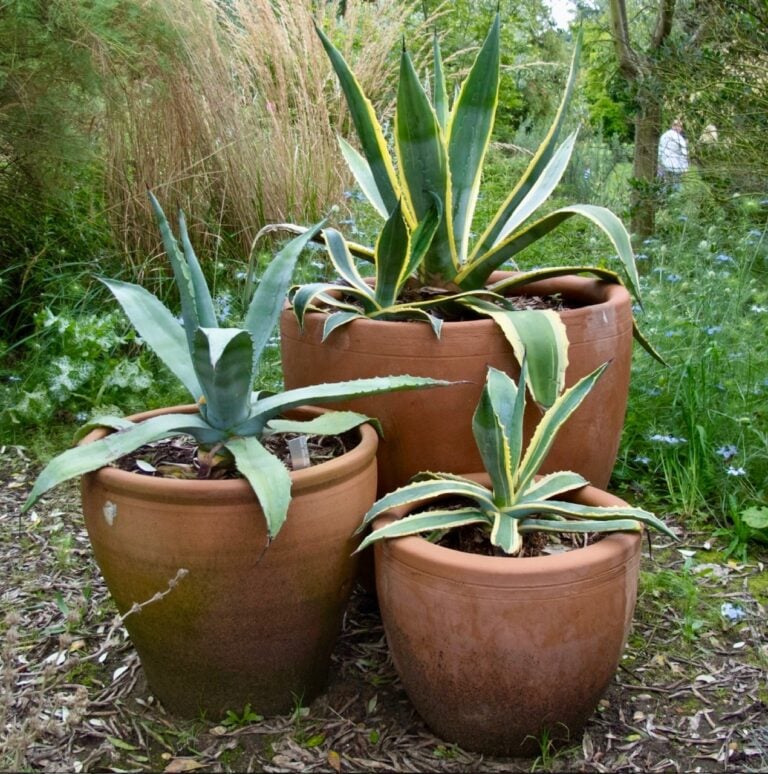
Choose the right potting mix
We’ve often heard of people using garden soil to fill their pots. We strongly recommend you DO NOT do this. Garden soil can often be heavy and (particularly in the London area) full of clay.
Instead we recommend you opt for a multipurpose compost or a John Innes No. 3, or a combination of the two. Remember that some plants such as Citrus and Camellia will require a specially-formulated compost to meet their specific requirements.
But before you add the compost to your pot, remember to provide drainage…
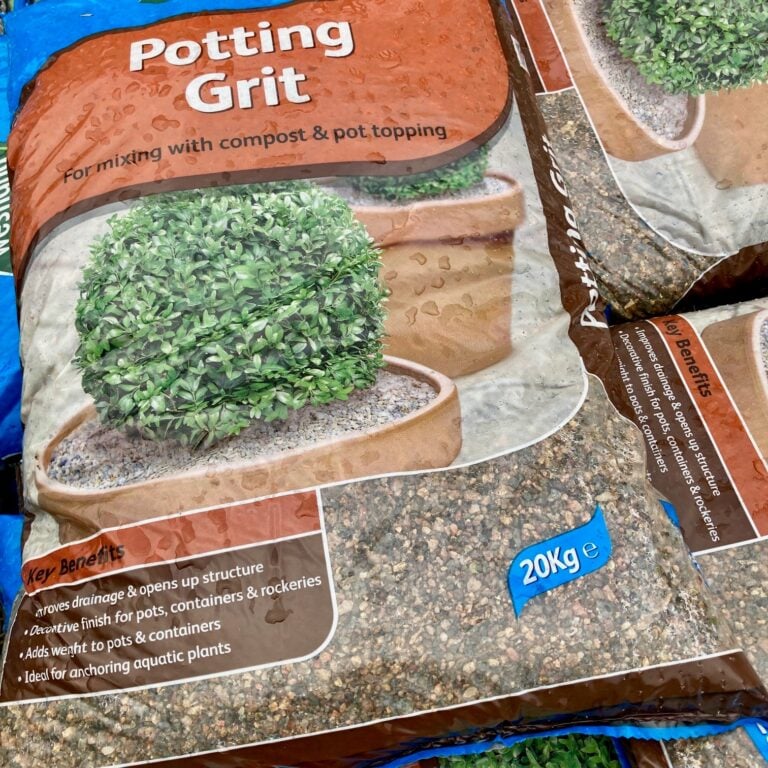
Add a layer of free-draining material
At the bottom of your pot, we recommend adding a layer, at least 5cm deep, of free-draining material. This can be potting grit, pebbles, broken terracotta pots or kitchen plates etc. Basically any durable material that will stop the potting mix from clogging the drainage hole(s) in your pot.
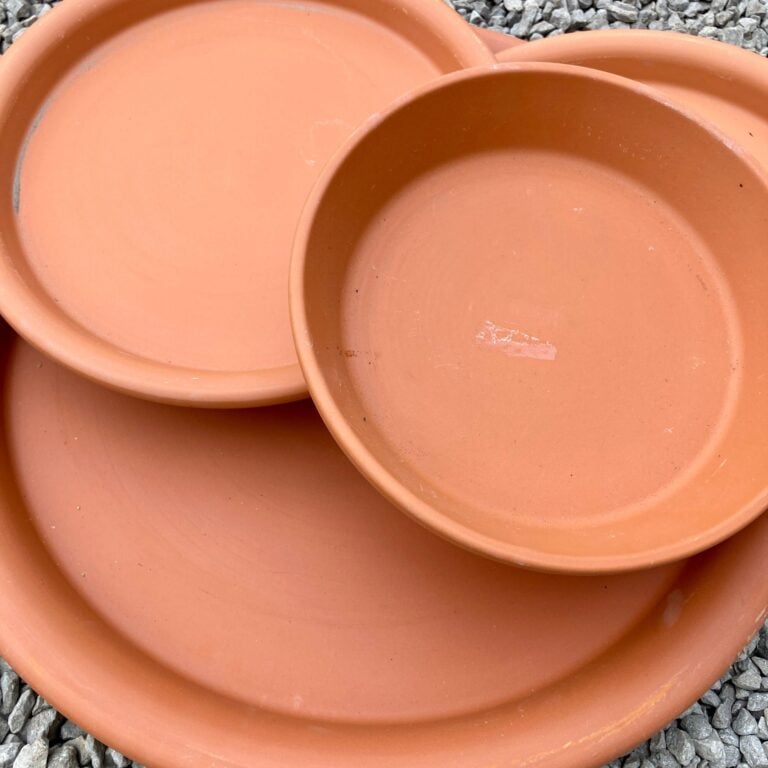
Remove saucers in winter
In the warmer months, many gardeners place their pots in saucers which collect any excess water and allows the plants to draw upon this reservoir between waterings. For the reasons mentioned above, this is not a good idea during winter when the pots are subject to freezing temperatures. Be sure to remove your saucers and place the pots on pot feet long before the first freeze so that there is adequate time for excess moisture to drain away.
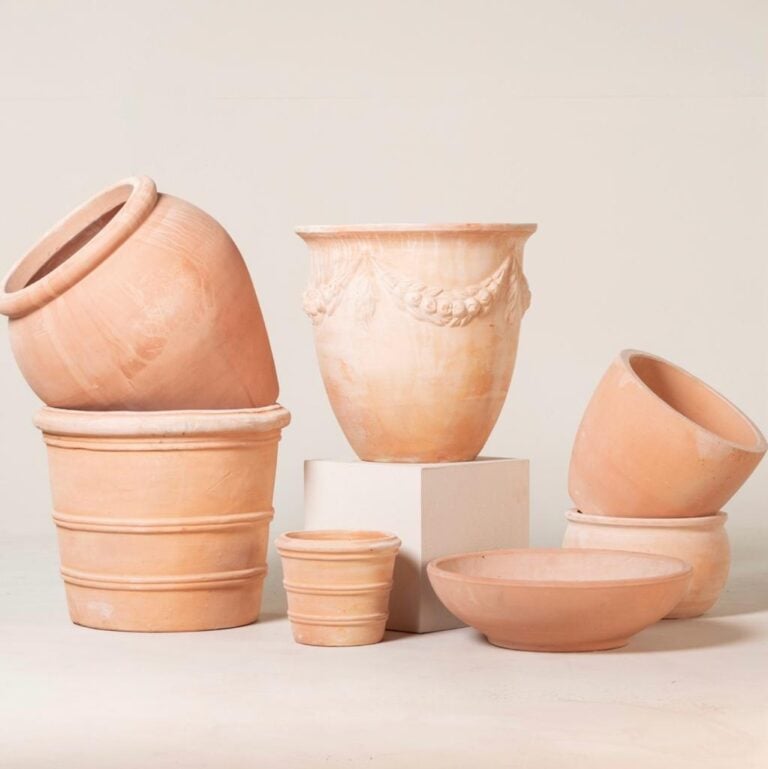
Consider wrapping your pots
For gardeners that live in colder areas, and for old and precious containers, you may want to consider the additional measure of wrapping your pots to provide an additional layer of protection from freezing temperatures. You can use bubble wrap, horticultural fleece, burlap, hessian, old blankets, towels etc., Basically anything that will give an extra bit of insulation from the cold air.
